When the Vancouver School Board faced a budget shortfall of upwards of $36 million in 2010, then education minister Margaret MacDiarmid blamed the district’s decline in student enrolment and trustees’ unwillingness to close schools.
Vancouver wasn’t the only district to face that line of ministry criticism. Districts were forced to cut their spending or dip into their savings to balance their budgets by June 30, as the School Act requires.
That was then. This is now: student enrolment in B.C.’s public schools is rising, and yet districts are still facing funding shortfalls.
The 2023-24 school year saw nearly 605,000 public school students in B.C., the highest enrolment count since 2007-08.
The province is predicting an additional 14,000 students will enrol across B.C. this coming September.
The North Vancouver School District was forced to use $2 million of its savings to balance its budget for the upcoming year, despite expecting to add 400 students this September.
Last month the Vancouver School Board, which dipped into its savings to balance its 2024-25 budget, declined to increase funding for “consumable” classroom and lab supplies. Trustee Jennifer Reddy, who introduced a motion calling for a $425,000 investment into such supplies, says current funding for supplies is lower than what the district allocated in 2010.
Yet student enrolment is also increasing in Vancouver, most likely by about 1,500 students (though the school district uses different metrics than the province to predict future enrolment).
Surrey, the largest school district in the province with nearly 82,000 students — and growing by about 2,500 additional students every year — was forced to cut bus routes for the next school year.
So why are some of the biggest school districts in the province struggling to balance their budgets when enrolment is up?
Because inflation isn’t taken into account when providing ministry funds to districts, and the average age of the province’s 1,391 public schools is 49 years old, says Carolyn Broady, president of the BC School Trustees Association.
It’s an issue across B.C., she added, not just in the larger school districts.
“In defence of the ministry, it is not unique to education: it is across the public sector,” said Broady.
Education Minister Rachna Singh says that while inflation is indeed an issue across Canada, it’s taken into account when calculating provincial funding for districts’ capital and operational expenses.
“Whenever we are doing any funding, inflationary costs are always accounted for,” she said.
For example, new school builds often end up being over initial cost estimates as the cost of materials and labour increases before project completion.
“The ministry is always seeking more money for capital projects from the [provincial] treasury, just to support the school districts,” Singh said.
To account for the shortfalls, the education minister instead points the finger at the previous BC Liberal government, in power from 2001 to 2017, for an ongoing education funding deficit she says her ministry is still recovering from. The BC Liberals have since changed their name to BC United.
Operating funding alone has nearly doubled since the 2016-17 school year, Singh said in an interview with the Tyee.
“We inherited a lot of deficits. The old government wasn’t investing in education in the way that they should have,” Singh added. “They were selling land. We were building schools.”
How are districts funded?
The majority of government funding for public schools comes attached to each enrolled student, a baseline of $8,915 per student in the 2024-25 school year, an increase of $290 per student over the current school year. (The province also provides funding to some private schools: as of 2023, 239 schools received 50 per cent of the per-pupil funding rate of the district they are located in; another 74 schools received 35 per cent of the per-pupil rate.)
The province provides additional funds to districts for Indigenous students, for students with disabilities, for rural and remote districts, for sprawling districts and for districts with higher average teacher salaries, among others.
The ministry has added two additional funds over the last two years, Singh noted: the Student and Family Affordability Fund, to help families cover costs like school supplies and field trips, and the Feeding Futures program, to improve, expand or start district food programs.
As a result, provincial funding amounts are unique to each district.
“The high end of funding for a student in a northern district might be around $17,000 a student,” Broady said, because of additional costs for heating bills, snow removal and transportation. Because those costs are related to location and climate, districts in the Lower Mainland receive closer to the base per-student funding level.
Most of a district’s operational revenue — about 85 per cent — goes to paying salaries for teachers, administrators, support workers and district staff.
Those salaries are currently fully funded by the province, Broady said, which was not always the case under the previous BC Liberal government.
The other roughly 15 per cent of the budget covers all the other operational costs, such as maintenance, internet, hydro, supplies, books, bus rentals, science lab and sports equipment.
Districts’ capital costs, used for things such as building new schools and renovating existing schools, are funded from separate ministry funding pots.
Capital costs have also increased thanks to inflation. This is why the province is shifting towards using prefabricated expansions for overflowing schools, Singh said, which are more permanent than portable classrooms and faster than traditional construction, which can save districts money.
With nearly $9 billion in deferred maintenance projects needed over the next five years, the BC School Trustees Association is seeking additional funding for capital costs from the province. Add inflation rises to the mix, and the costs add up very quickly, Broady said.
Finding financial ‘wiggle room’
Looking specifically at the Vancouver school district, Jason Ellis, associate education professor at the University of British Columbia, noted its revenue is almost entirely from the province.
“That doesn’t leave a lot of margin from year to year,” he said, adding school districts in general tend to spend everything they get from the province.
More students does mean more per-pupil funding, Ellis said. But it also means more expenses because teachers need to be hired and classroom space needs to be provided for additional students.
There has also been a slight decrease in international students in Vancouver in recent years. These students pay the district $16,000 each to cover their annual education costs, he said.
“Those revenues give them a little bit more wiggle room,” Ellis said. “If those numbers go down, even if revenue from the province is going up with new domestic enrolments, then they would run into trouble.”
The BC Teachers’ Federation is not surprised school districts continue to face deficits. In an emailed statement sent to The Tyee, president Clint Johnston said it’s just another indication public education “has been chronically underfunded for decades.”
“For example, we know that the cost of inclusive education alone is about $300 million more each year than the provincial government provides to school districts in designated funding,” he wrote.
“That means school districts are either pulling resources from other areas to fill the gap, or letting kids go without the support they need.”
Singh said she is “very much cognizant” of districts’ financial struggles, again citing the previous government, this time for fighting with teachers over their stripped contracts, instead of hiring more educators to fill the ongoing shortage.
“They left this sector so broken,” she said. “We were left with a deficit, but then also we are facing unprecedented [enrolment] growth.”
Covering teachers’ salaries as they move up the pay scale
Johnston and Ellis agree inflation has impacted districts’ expenses.
But spending on teachers also gets more expensive over time as they move up the salary grid: starting in 2017, districts across B.C. hired 3,700 new teachers to compensate for positions lost when government illegally stripped teachers’ contracts in 2002.
Many new hires were recent graduates, said Ellis, at the time earning the lowest salaries on the teacher salary grid.
“But as they move up the grid, they cost more, and I suspect that may be part of it, as well,” he said.
Districts with high teacher salaries do receive additional funding through what is known as the salary differential operating grant. Surrey, for example, receives over $11 million through this grant to account for its high teacher salaries.
But a district’s average teacher salaries are not part of the per-student funding formula that makes up the majority of district budgets.
An argument could be made that per-pupil funding needs to increase, Ellis said. But you could also say this is how public school districts operate and trustees need to assess their spending priorities, he added.
“School boards still have some discretion on where they spend,” Ellis said. “Like in Vancouver, the district is still carrying more school buildings than it needs. That’s a priority — they’ve decided that instead of closing schools, they’ll have to keep those open and make reductions in other parts of their budget.”
Trustees “are doing everything they can to make sure cuts do take place away from the classroom as much as they are able to,” Broady said.
Because of predicted growth to districts across B.C. from both increasing housing density and ongoing migration and immigration to the province, districts may not want to close schools, Broady said, though districts like Okanagan Skaha recently decided to go that route.
“Things are very unsettled right now with all the growth in some of our districts, and we need a couple of years for that to settle out,” Broady said. “Then we’ll have a better idea of how to do more advocacy around this to make changes.” ![]()
Read more: Education, BC Politics
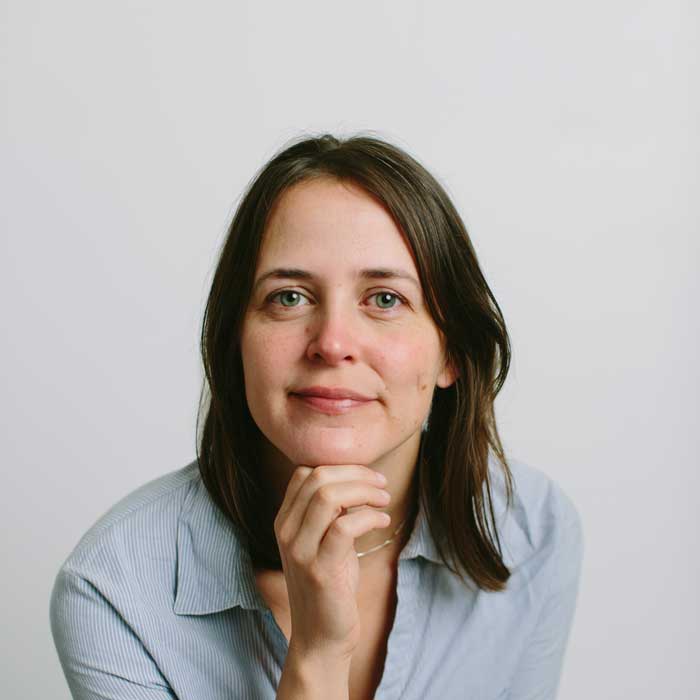

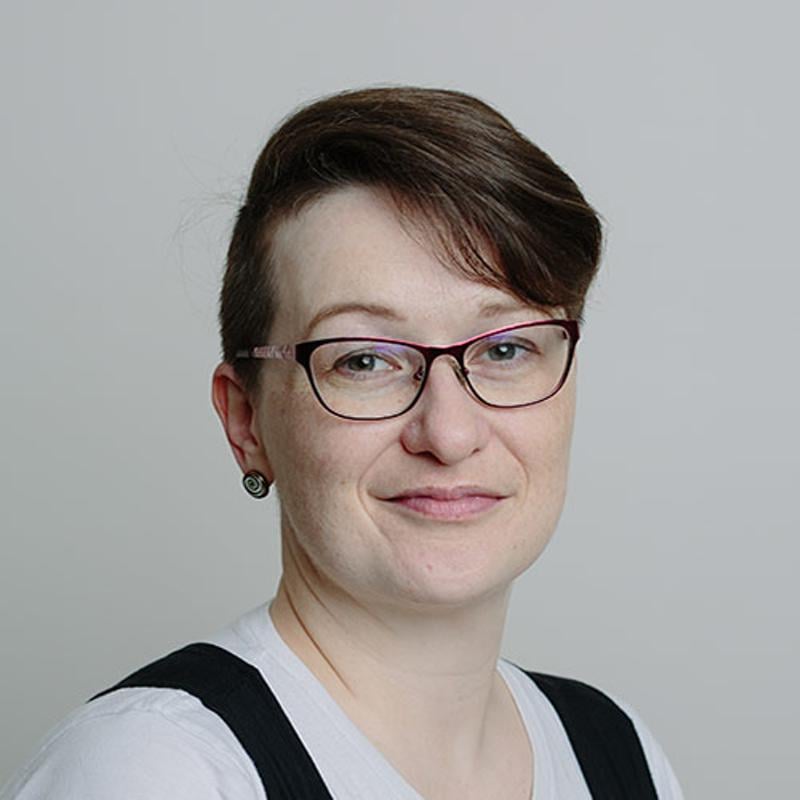

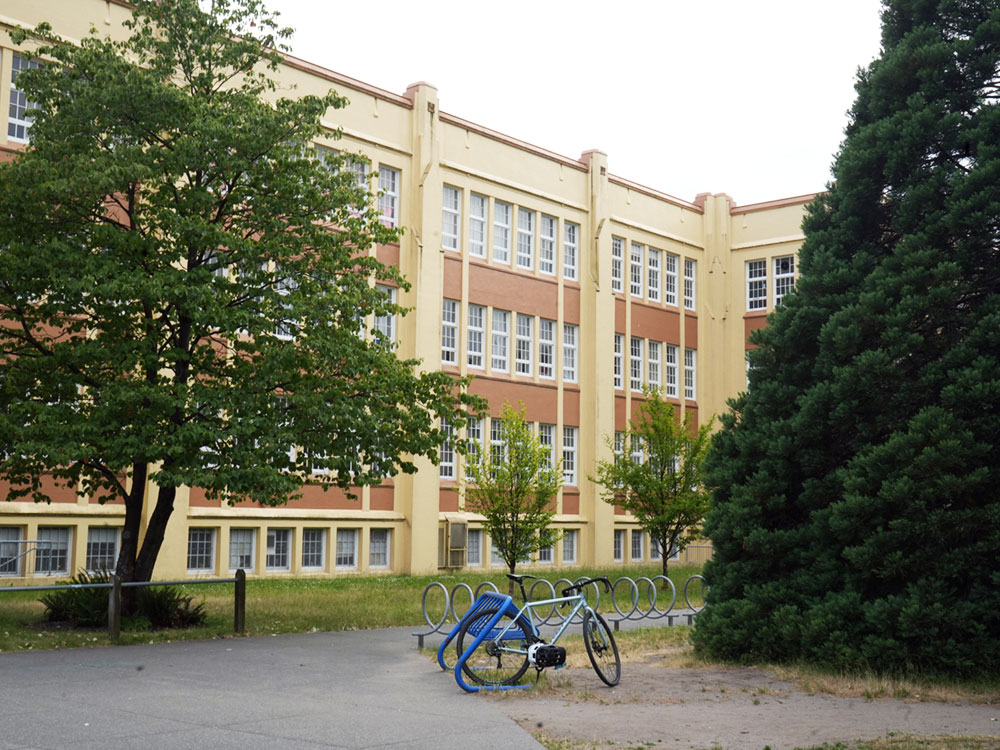
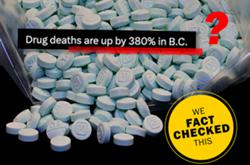



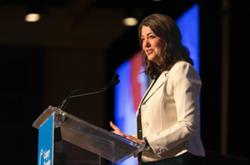

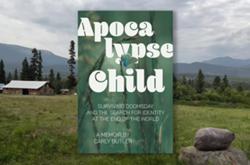

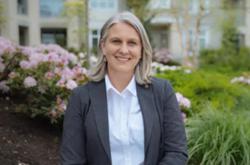

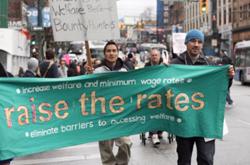
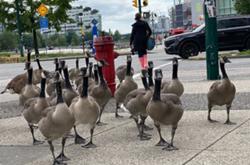
Tyee Commenting Guidelines
Comments that violate guidelines risk being deleted, and violations may result in a temporary or permanent user ban. Maintain the spirit of good conversation to stay in the discussion and be patient with moderators. Comments are reviewed regularly but not in real time.
Do:
Do not: